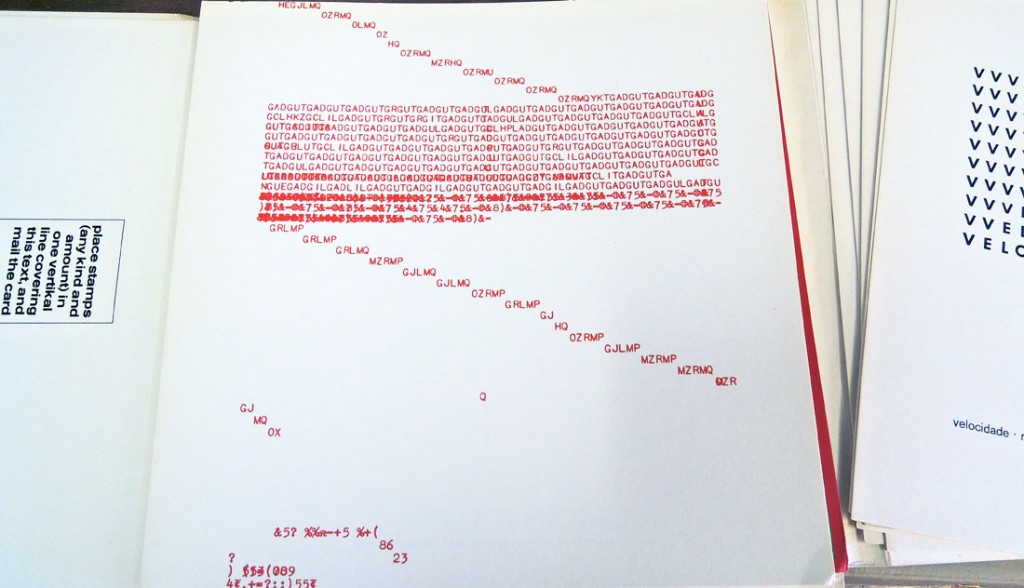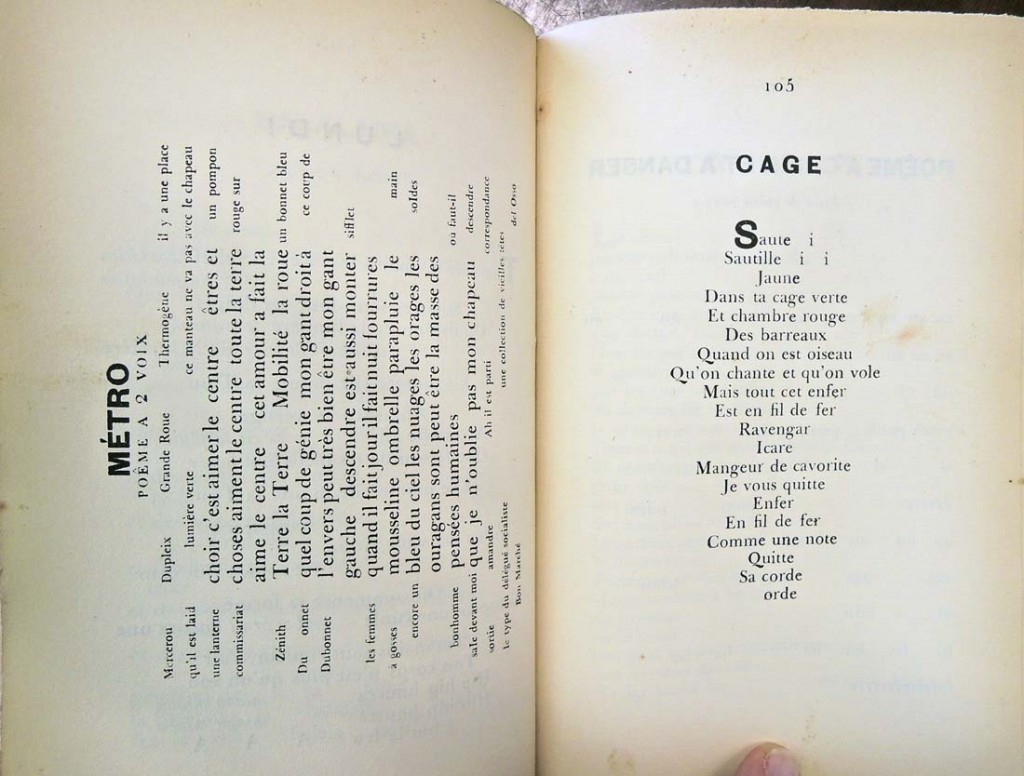
“How would you like to collaborate with me on a new project?” asks Brody Neuenschwander, Princeton University Class of 1981. “The castle of Hingene, near Antwerp in Belgium, is creating a time capsule in calligraphy.”
He continues, “For a short time, all the wall hangings of the chateau will be taken down for restoration. The director of the castle, Koen De Vlieger, is taking this opportunity to ask the entire world (I’m not kidding) to send in messages that I will commit to eternity by writing them on the walls. So may I ask all of you to go to www.schrijfenblijf.be and send a message to the future? They will ask you to pay a tiny amount for the privilege. But just think, in 25 years the wall hangings will come down for their next cleaning, and you and your descendants can visit Belgium to read the fine words you composed for this wonderful time capsule.”
Neuenschwander attended Princeton University, where he was appointed University Scholar, graduating in 1981 with a paper on the techniques of medieval manuscript illumination. Over the winter of 2016/17, he will write our texts on the walls of the castle of Hingene, not to be unveiled until 2027 and then again in 2042, 2067 and 2117 (or in 25, 50 and 100 years’ time). On each occasion, during the second weekend of March, the public will be free to come and read the dreams, wishes and desires of 2017.
If you remember to bring the original invitation with you, the director promises to receive you like a Prince or a Princess.



















